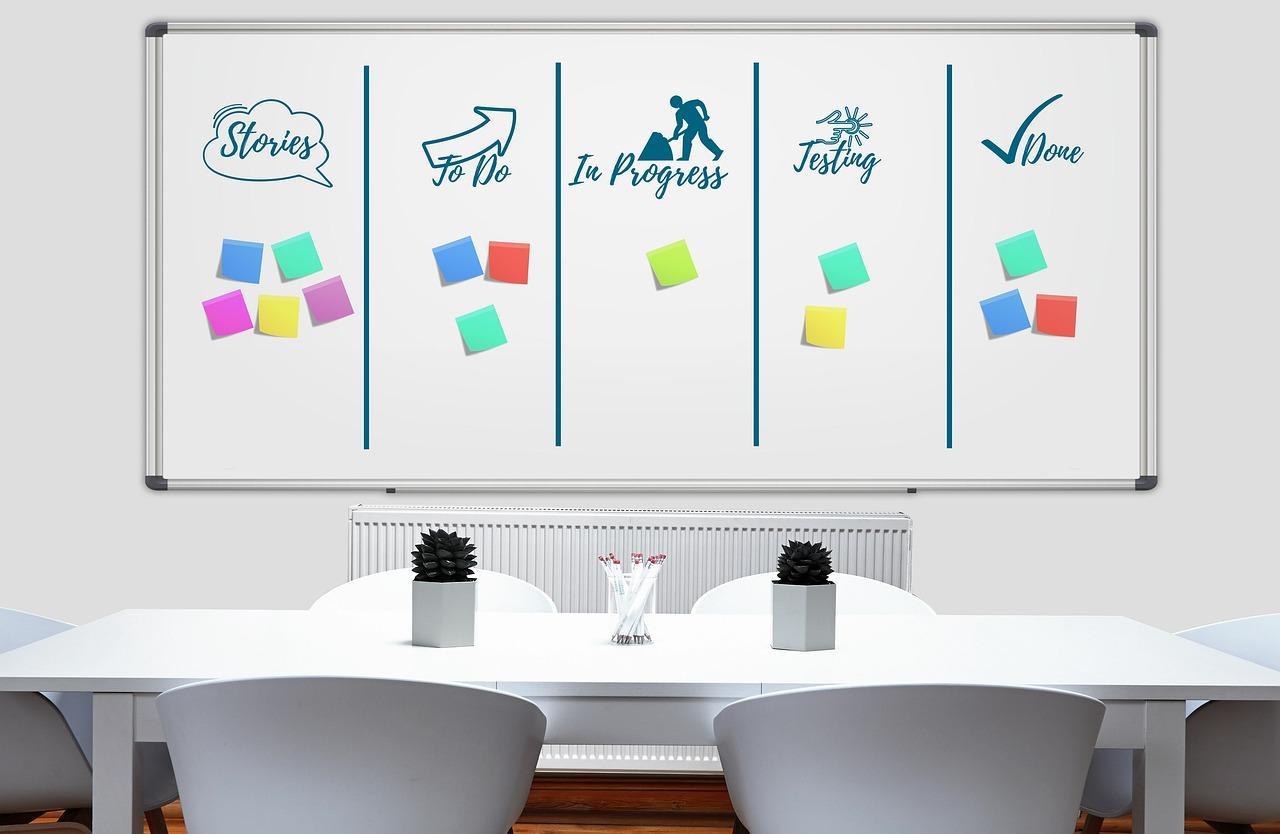Magnetic Whiteboards vs Traditional Boards: What's the Real Difference

Title:
Overview:
Not all whiteboards are created equal. While traditional whiteboards serve basic purposes, magnetic whiteboards offer added functionality, flexibility, and long-term value. For workplaces, classrooms, or project teams, choosing the right board can directly impact productivity. This blog breaks down the key differences to help you decide what fits your needs best.
1. Functionality and Usability
Traditional whiteboards provide a writable surface for notes, reminders, or quick ideas. However, magnetic whiteboards go beyond writing—they act as a dynamic space for visual planning. You can attach notes, printed charts, or task cards using magnetic whiteboard making it easier to update or rearrange content as your needs change. This extra layer of functionality supports collaboration and structure in a way that traditional boards can't match.
2. Durability and Longevity
Traditional whiteboards often wear out faster due to surface staining, ghosting, or warping over time. Magnetic whiteboards, especially those made with high-quality materials like enamel or steel, resist staining and scratching far better. They maintain a clean, polished look even after years of use. This makes magnetic options a better long-term investment, particularly in high-traffic workspaces.
3. Visual Organisation
A key advantage of magnetic boards is their ability to keep visual clutter in check. Instead of rewriting or erasing constantly, teams can use magnets to move tasks, deadlines, or labels around. This helps maintain a neat and logical layout, perfect for project timelines, agile boards, or shift schedules. Traditional boards require constant rewriting, which is less efficient and often messier.
4. Collaboration and Interaction
Magnetic whiteboards encourage more active participation during meetings or planning sessions. When team members can move items around the board or attach new elements with magnets, they become more engaged in the process. Traditional boards typically serve a one-way communication style—someone writes, others observe. In contrast, magnetic boards turn the surface into a shared workspace.
5. Customisation Options
Magnetic whiteboards can be customised with printed templates such as grids, calendars, charts, or branded visuals. These templates support consistent layouts and reduce the need for redrawing sections daily. Brisbane Print Hub offers tailored magnetic whiteboard solutions designed to fit specific business workflows. Traditional boards offer minimal to no customisation, requiring manual sectioning with tape or markers—both of which are temporary and untidy.
6. Versatility Across Environments
From offices and hospitals to classrooms and warehouses, magnetic whiteboards are adaptable to a wide range of settings. They support everything from daily stand-ups and KPI tracking to shift planning and brainstorming sessions. Traditional boards, while useful, don’t provide the same level of adaptability and often get replaced or supplemented with other tools. If you're aiming for efficiency, versatility, and a modern upgrade, magnetic is the way to go.
Conclusion:
While traditional whiteboards may get the job done for basic writing tasks, magnetic whiteboards are purpose-built for dynamic, organised, and collaborative workspaces. The difference is clear in functionality, durability, and long-term value—making magnetic the smarter choice for modern teams.







